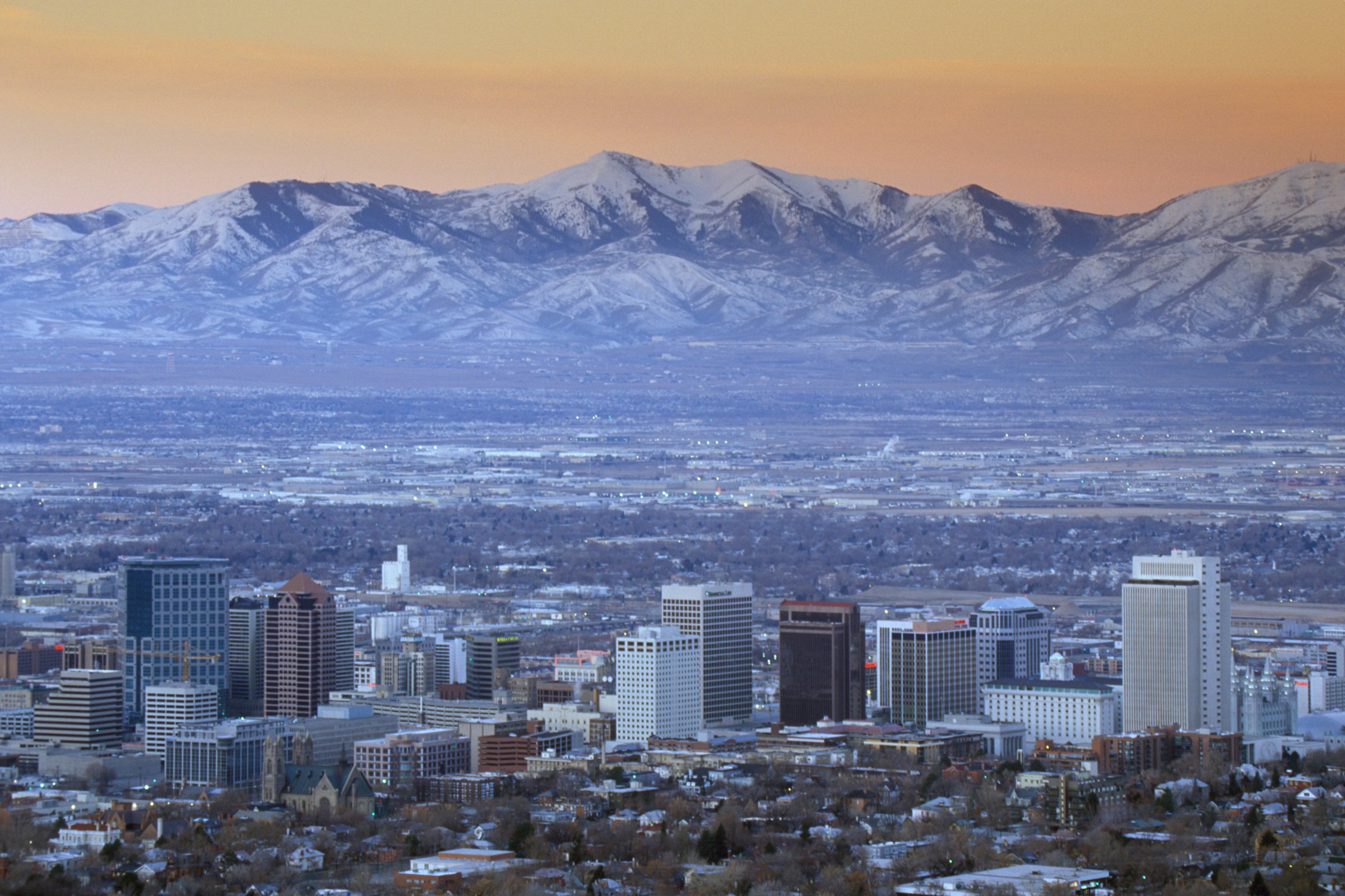
When it comes to confronting the challenge of climate change, cities are on the front lines.
From rising seas submerging coastal property to precipitation changes in the desert, climate impacts are here—and undeniably local. Climate change may have once been the ultimate slow-moving and global threat, but our residents and our critical infrastructure are already feeling its effects. The threats to our economies are serious enough that the risks of continued inaction can no longer be ignored.
Mayors like us are elected to keep our communities strong, to keep our residents safe and to provide critical services, no matter what a governor, attorney general or member of congress might have to say about climate change. That is why our cities have joined with more than 50 other local governments and thousands more represented by the U.S. Conference of Mayors and National League of Cities to file an amicus brief in support of the Clean Power Plan.
As a federal appellate court prepares to consider the EPA’s landmark rule limiting carbon pollution from power plants, we feel compelled to point out the obvious: Taking steps today to cut carbon emissions will save lives, protect public health, spur innovation and safeguard property.
Since urban areas—where 80% of Americans live and the majority of economic activity takes place—must shoulder a disproportionate burden of adapting to climate change, the cost of keeping our citizens safe and our infrastructure in a state of good repair grows with each passing day.
The mountains that surround Salt Lake City define our local identity, drive our economy and supply our drinking water. Temperature changes, driven by rising levels of carbon pollution, are reducing annual snowpack and threatening our billion-dollar ski industry, which supports tens of thousands of jobs. Furthermore, Salt Lake City is a high mountain desert, and we rely on hundreds of inches of dense snowpack and temperatures that allow for gradual thawing to provide water to one of America’s fastest growing regions. Implementing the Clean Power Plan is essential to protecting our long-term livelihood.
In Southeast Florida, the expected sea level rise of a foot by 2050 threatens to consume as much as $4 billion in real estate. Later in the century, as seas rise as much as three feet, we stand to lose $31 billion of property as the Florida Keys, the Everglades and the greater Miami metro region are slowly submerged by rising oceans. Turning the Miami region into a real-world Atlantis is a fate we cannot accept. The Clean Power Plan is a first and critically important step to reducing carbon emissions and preventing that fate.
Cities are the drivers of our region’s economies. When our hospitals, airports, bridges and roads are damaged by extreme weather, it’s not just our citizens at risk—it’s the whole country that suffers. Recognizing our responsibility, both Pinecrest and Salt Lake City, together with over 465 other cities around the world and more than 125 here in the U.S., have joined the Compact of Mayors, a global coalition of mayors and city officials pledging to reduce our greenhouse gas emissions, track our progress transparently, and enhance our resilience to climate change.
But mayors acting alone cannot deliver the big emissions reductions we need. The best approach would knit together federal, state and local policies so that we can work together to achieve a common goal—safe citizens and healthy economies. The Clean Power Plan sets the stage for that kind of smart, integrated approach to climate action. It would help create the certainty that helps emerging markets to grow and cities to plan, whether it’s reshaping Pinecrest’s storm-water facilities to account for rising seas, or reweaving Salt Lake City’s local ordinances to maximize sustainability and climate resilience.
The Clean Power Plan isn’t just about combatting climate change. It’s also going to help catalyze a growing renewable energy economy.
The Clean Power Plan provides an important signal to businesses and utilities that renewable energy is the future and provides the framework for a transition to an energy economy that will create jobs for our citizens. The solar industry, for example, is growing 12 times faster than the rest of the economy and is expected to add more than 200,000 jobs in the next year. We should be doing all we can to accelerate this growth while curbing the emissions that are causing the climate to change.
Whether we live in the intermountain West or the subtropical Southeast Florida peninsula, Americans see their climate changing and wonder why their leaders aren’t doing more to protect them. As local leaders closest to the citizenry, we—and the dozens of other leaders signing on to support this rule—say it’s about time.
The court shouldn’t allow one more minute of delay than has already occurred. The time for action on climate is now, and cities and towns all across this country are here to demand a smart, effective government response. The Clean Power Plan is a wise and forward-looking rule, and we embrace it.
More Must-Reads from TIME
- Cybersecurity Experts Are Sounding the Alarm on DOGE
- Meet the 2025 Women of the Year
- The Harsh Truth About Disability Inclusion
- Why Do More Young Adults Have Cancer?
- Colman Domingo Leads With Radical Love
- How to Get Better at Doing Things Alone
- Michelle Zauner Stares Down the Darkness
Contact us at letters@time.com